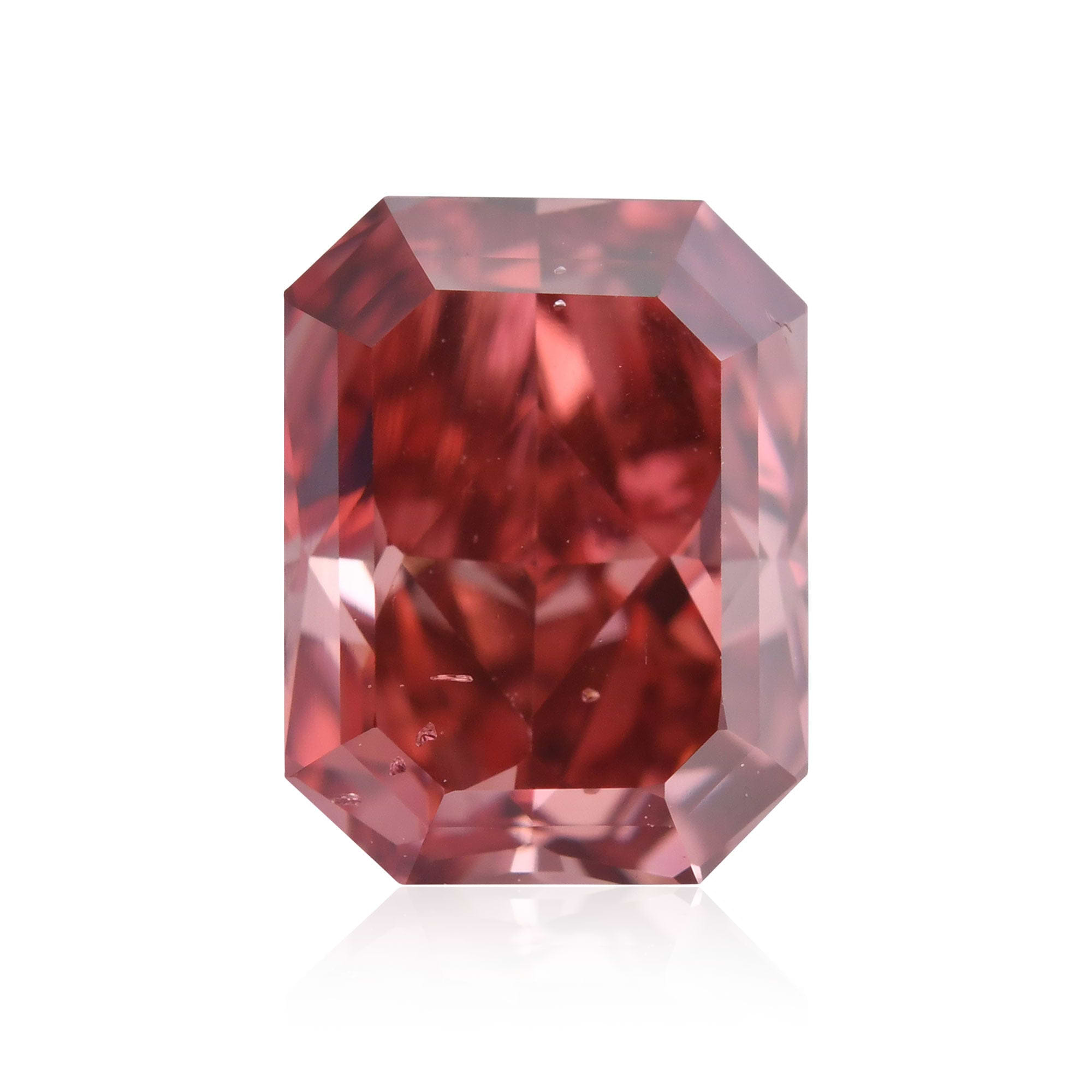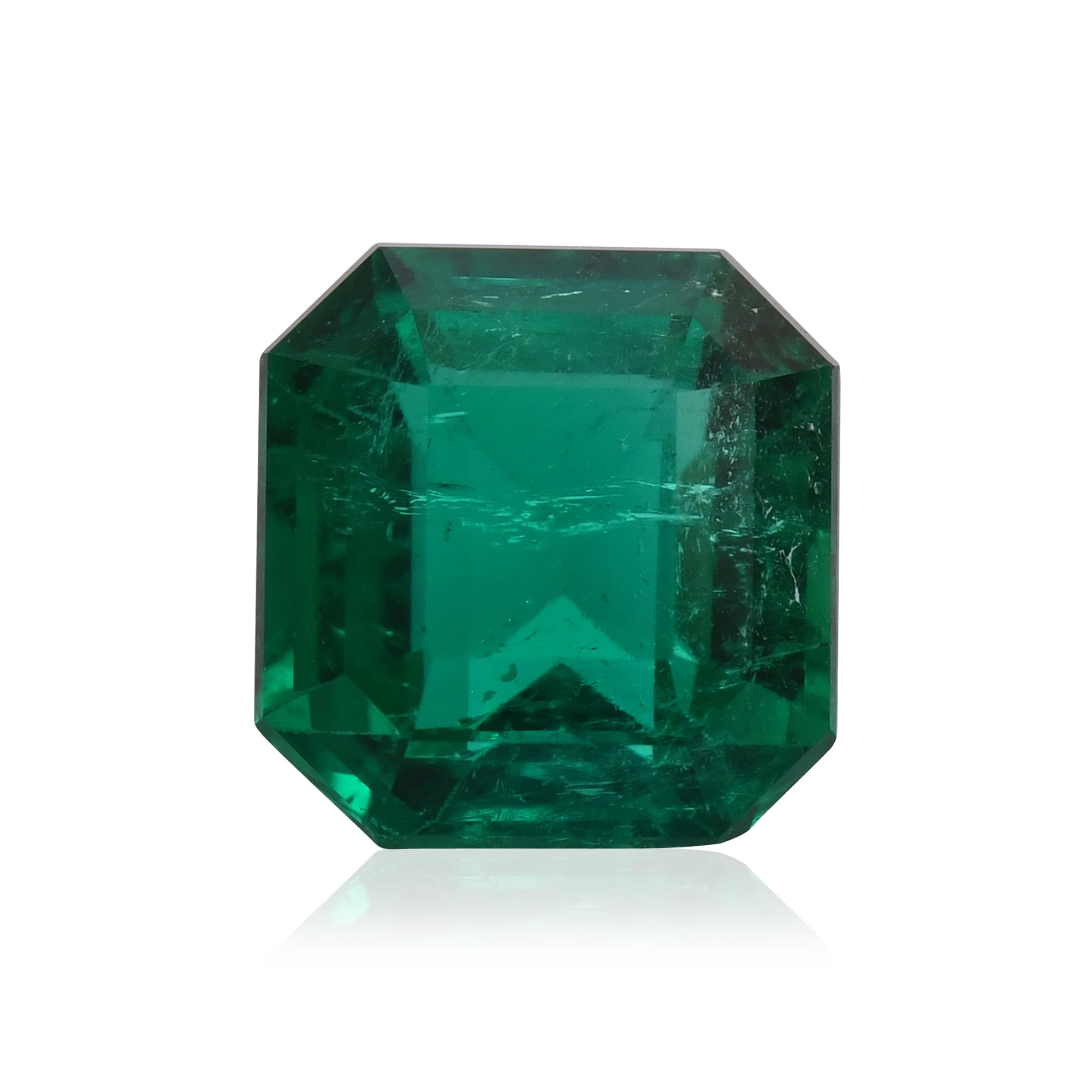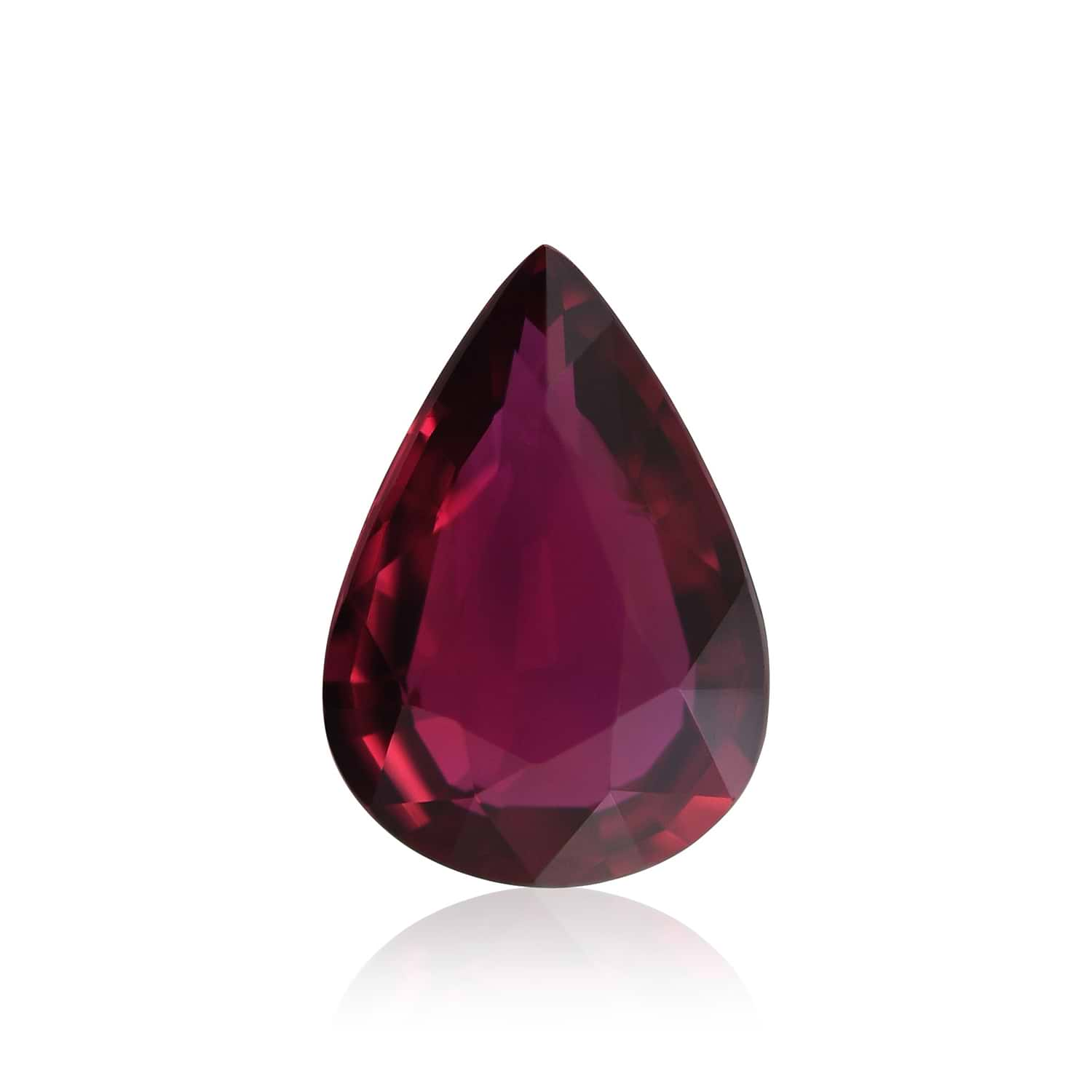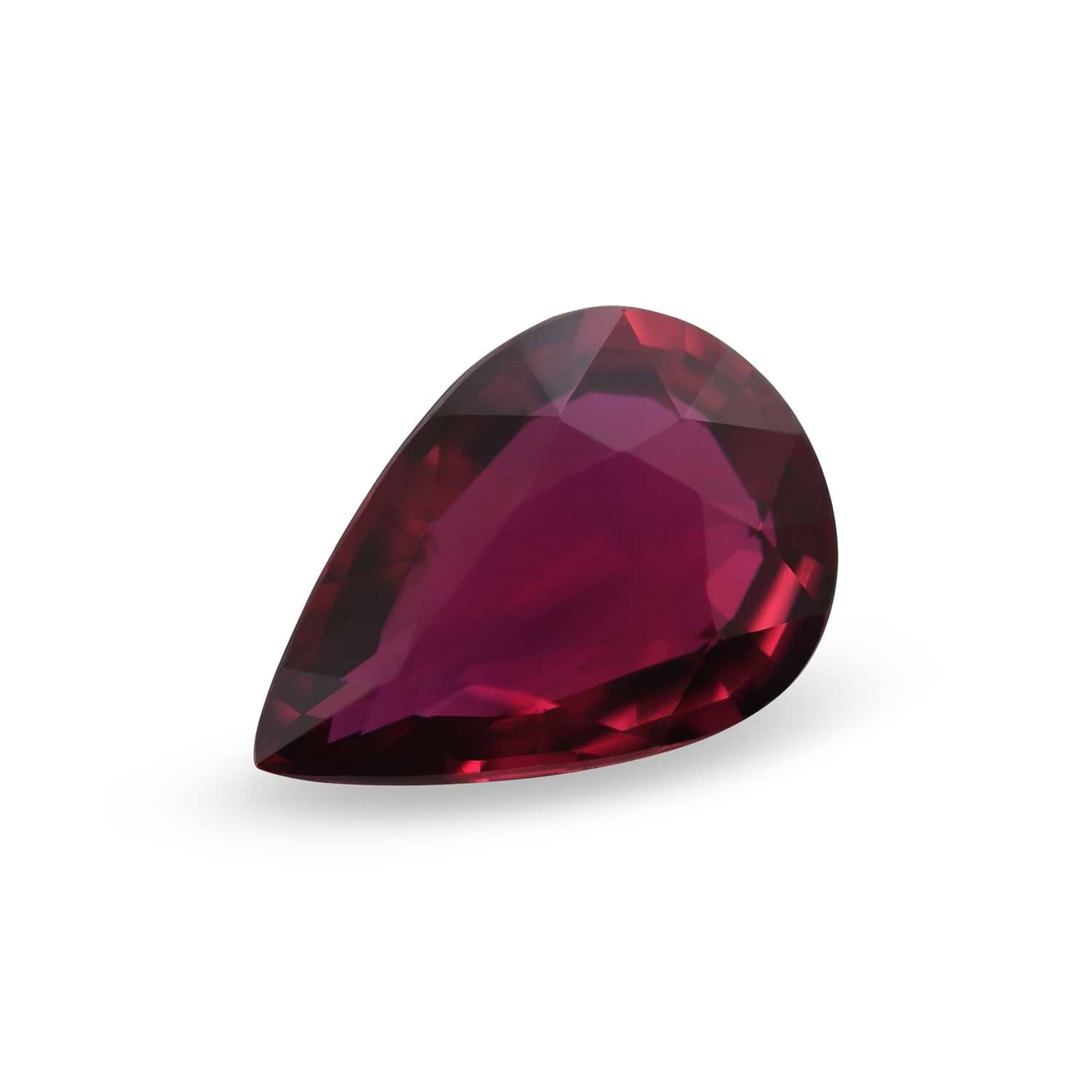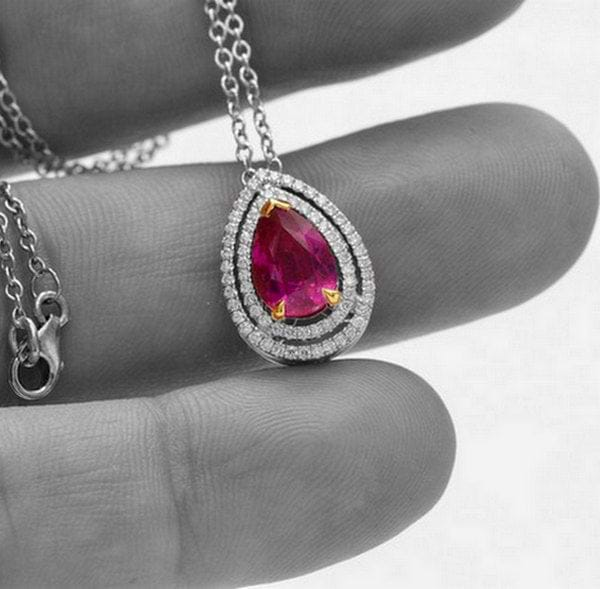Although there are many gemstones with a rich red color, including garnets, spinel, opals, and diamonds; rubies are what come to mind when you think of a red gemstone. It is, though, one of the only red precious gemstones, as only diamonds, rubies, sapphires, and emeralds are considered to be precious gemstones. Diamonds can be red, but red sapphires are actually rubies. They are the only color that received its very own name. Both sapphires and rubies are varieties of the mineral corundum. They rank 9 on the Mohs scale of mineral hardness right after diamonds, which rank 10. In order to be considered a ruby and not a pink sapphire, a stone must boast a certain level of redness. In addition to a ruby’s hue, saturation, and tone, rubies can be categorized based on where they are from. Burmese, Thai, Tanzanian, Madagascar, and African rubies can differ significantly from one another. Let us take a look at some of the sources for rubies, the specific attributes of each type of ruby, and their possible shapes.
Origins of Rubies
Rubies that originate from Africa, particularly Mozambique and Kenya, generally give off a purplish or dark red color. Although the stones range in quality and size, it is important to emphasize that the dark red African rubies are preferred. Burma is another noteworthy source for rubies. ‘Burmese rubies’ is a term often heard in the world of gemstones. Burma, now Myanmar, produces rubies that are known for their deep red color. Thai rubies are considered second to Burmese rubies. These gemstones have a darker hue due to the presence of iron and chromium. Rubies that hail from Tanzania are said to have a color similar to the red coloring of a hessonite stone. Madagascar is yet another, and rather recent, contender in the ruby market. Depending on the mining region, Madagascar rubies can have a red, or red-orange hue. Lastly, rubies have been mined in Afghanistan for centuries. These stones range from light to deep red, and can be like no others on the planet.
An exceptional 4.12 carat Pinkish Red brilliant step cut oval shape, natural unheated Burma-Myanmar-Ruby with a great color face up
Shapes of Rubies
A gemstone receives its shape based on the formation of the stone, and not according to one’s taste alone. While the round shape is ideal for colorless diamonds, cushion and radiant shapes are preferable for most fancy color diamonds. Although rubies are color gemstones, their structure differs from that of a diamond. For instance, a ruby holds much of its color at the base of the stone. Rubies can be cut into all shapes including asscher, princess, emerald, cushion, and radiant although round rubies, oval rubies, pear rubies, and marquise rubies are the most prevalent.
Examples of Ruby Stones
Fine rubies can be purchased already set in jewelry pieces or as loose stones. If you are in the market for a loose stone you may come across rubies described as a ‘Pigeon Blood Madagascar Round Ruby.’ This term refers to the type of color the ruby displays, which is a very vivid shade of red, and very desirable. Madagascar marks the origin of the stone and ‘round’ of course describes its shape. Similarly, you may find a Thailand oval ruby, a Mozambique pear ruby, or a Burmese marquise ruby.
The different varieties of rubies appeal to a mix of preferences and budgets. What is ideal for one is too bland for someone else and what is a great buy for a certain individual is out of bounds for many other consumers. Seeking out the right ruby takes time and patience; so make sure you do the work before making your decision.
Burmese Rubies Gemstones
The rubies coming from Burma, or Myanmar, are some of the most beautiful gemstones and are considered of higher quality especially due to their pigeon blood shade.
For more information about Burmese Rubies click here.
LEIBISH 2.49Ct TW Pear Ruby and Diamond Halo Ring
Pigeon Blood Ruby
Apart from the primary red color of rubies their secondary color can be purple, violet, and pink. But those with distinctive red color are rare and therefore most wanted. Pigeon Blood Rubies are unique.
For more information about Pigeon Blood Rubies click here.
Star Ruby
A ruby stone is considered a Star Ruby if a star, meaning a three-point or six-point asterism, appears within the stone. It’s extremely rare and occurs due to an immense pressure and drastic temperatures.
For more information about Star Ruby click here.
Pink Rubies
Value, Meaning & Rarity
Pink rubies are a term that can only be used in certain areas of the world, at least in this day and age. This is because in the United States, in order to be considered a ruby, red corundum must display a certain color intensity level. Stones with low levels of chromium, which is what gives the gemstone its red hue, are called pink sapphires and not rubies. This is something that was decided sometime in the 20th century and is not applicable worldwide. Sapphires account for the different colored stones of the corundum variety, besides red, which is called a ruby. Outside of the United States, any form of corundum that has a pink to red color is nothing other than a ruby, which would make it a pink ruby, and not a pink sapphire or a red ruby.
Value Determining Properties of Pink Rubies
The introduction of what a pink ruby is and what it is not is enough to have one understand the importance the color has, not only in terms of determining what kind of stone it is, but in determining its value as well. Even pink rubies or pink sapphires have various intensity levels. Those that appear vivid pink will go for much higher prices. Larger stones will also demand higher sums, and good clarity grades can add to the price tag as well.
Pink Ruby Sources
Once considered the main source for rubies, Myanmar (formerly Burma) is now one of several sources for both the pink and red ruby varieties. Pink rubies in particular are found in Sri Lanka more than any other country.
Famous Pink Rubies
There are many famous and noteworthy red rubies, but there are far fewer famous pink rubies. A famous red ruby that originated from Sri Lanka, the source of many pink rubies, is the Rosser Reeves Ruby, which is also a star ruby. It weighs 138.7 carats and is well known for its color and size, despite the large scratch it had before it was re-polished.
Whether you call it a pink ruby or a pink sapphire, pink corundum is absolutely breathtaking and is a wonderful alternative to pink diamonds. It can also help complete a color gemstones collection by adding this romantic hue and delightful luster to the bunch.
LEIBISH Ruby Rings
Yellow Rubies
Avid ruby fans will get the shock of their lives when they hear that there are rubies in other colors, including yellow! The same goes for those who appreciate yellow gemstones and are looking for something a bit different.
Yellow diamonds are among the more popular types of yellow gemstones, as well as one of the more commonly purchased types of color diamonds. That's because in addition to the beautiful hue, yellow diamonds are found in more abundance than most of the other colors thereby making them a more affordable color diamond option. As far as other yellow gemstones go, there are actually many alternatives, and the yellow ruby is just one of them. Let us take a closer look at this unusual yellow stone, which is different and yet the same as its famous red counterpart.
Value-Determining Properties of Yellow Rubies
Rubies are a variety of the mineral corundum, the very same mineral that constitutes a sapphire. That's because rubies are the red version of a sapphire. Having said that, the chromium element, which is found in red rubies, is responsible for the red coloring and has other chemical implications as well. In order to be considered a ruby, the primary color is supposed to be red. The secondary colors however, can be orange, pink, purple, or violet.
Color is the main factor in terms of value determining properties. The hue, the actual color of the stone, is one aspect. Another is the saturation, which is how intensely the color is displayed. Lastly, the tone depicts how dark or how light the stone appears.
Aside from color, rubies are graded based on their cut, clarity, and carat size. Since quality rubies are hard to come by, the larger the stone, the higher the price.
Sources of Yellow Rubies
Historically mined in Thailand, rubies are also found in deposits around the globe including India, Australia, Cambodia, Japan, Brazil, Scotland, as well as many other countries and regions.
Explore our Ruby rings, earrings, bracelets and necklaces or all ruby gemstone jewelry here.











